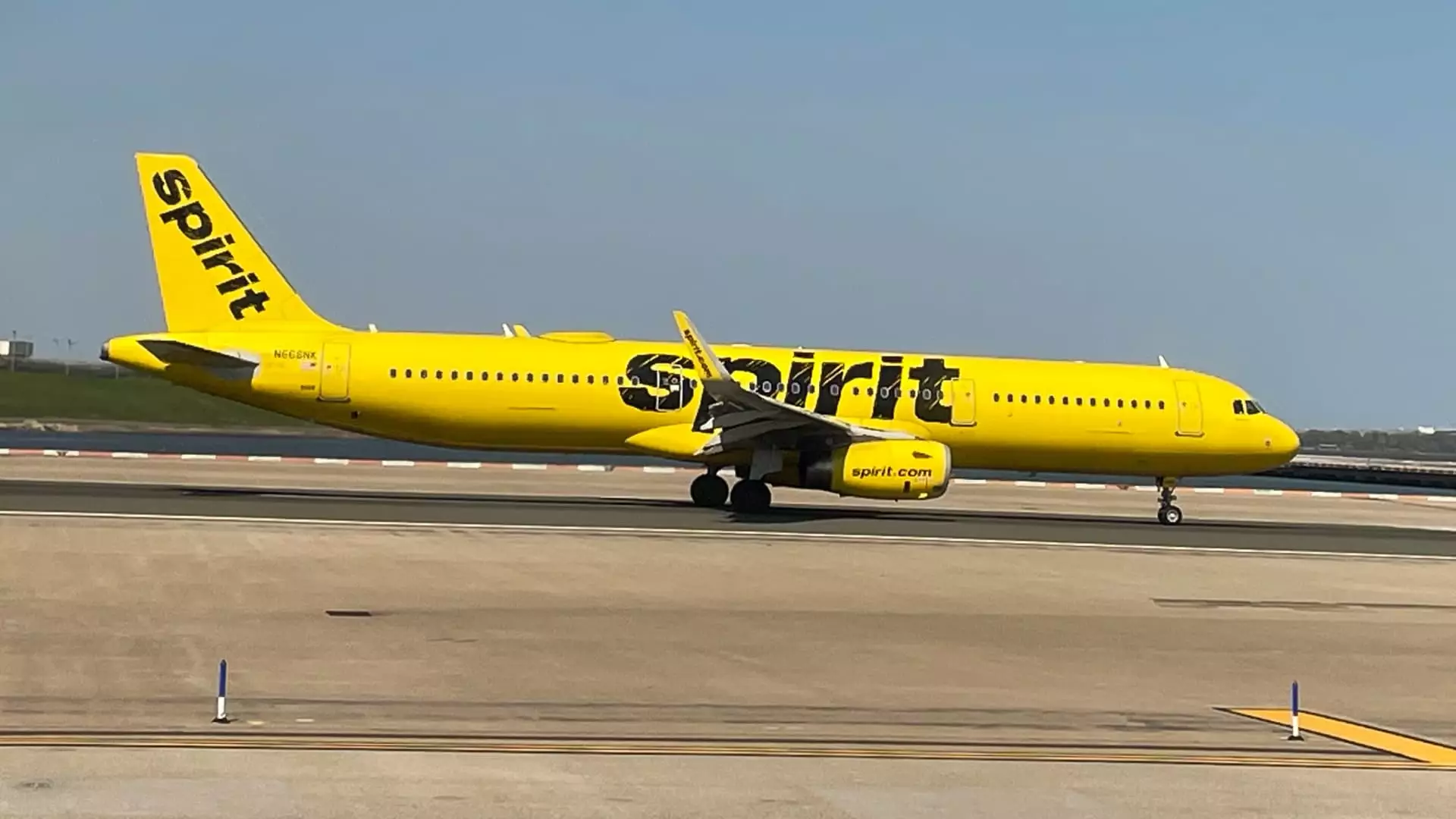Spirit Airlines, despite facing numerous challenges in recent times, is optimistic about its future profitability. The airline’s CEO, Ted Christie, believes that the domestic air travel market is improving, providing hope for the airline’s recovery. Despite experiencing a net loss of nearly $184 million in the fourth quarter, Spirit Airlines is determined to find its footing.
The decline in domestic fares, a Pratt & Whitney engine issue that resulted in grounded aircraft, and a failed merger with JetBlue Airways have all contributed to the struggles faced by Spirit Airlines. The failed merger, in particular, has led to a significant decline in the company’s stock, causing concern among investors about its financial stability. Some have even suggested that the airline may need to restructure or liquidate due to its impending debt payments.
In response to its financial challenges, Spirit Airlines has been actively seeking ways to reduce costs. The airline has been adjusting its network and shifting its aircraft delivery schedule as part of its efforts to cut expenses. The company remains focused on implementing these adjustments throughout 2024 with the ultimate goal of generating positive cash flow and profitability.
While Spirit Airlines expects to incur losses in the first quarter, the company is projecting revenue between $1.25 billion and $1.28 billion, surpassing analysts’ expectations. Despite acknowledging the challenges ahead, Spirit Airlines remains committed to its long-term success.
Spirit Airlines reported an adjusted loss per share of $1.36 in the fourth quarter, slightly better than the expected loss of $1.46 per share. The company’s total revenue reached $1.32 billion, in line with analysts’ forecasts. Although the airline’s net loss improved compared to the previous year’s fourth quarter, it still experienced a decline in revenue by 5%.
Budget airlines, like Spirit Airlines, have been significantly affected by weaker domestic airfares, as they primarily operate within the United States. The increase in available capacity has led to discounted flights, especially during off-peak periods. Spirit Airlines witnessed a 25% decrease in fare revenue per passenger in the fourth quarter, amounting to $48.24. Additionally, nonticket revenue per passenger, including various fees charged by Spirit Airlines, decreased by 6.6% to $66.60.
Spirit Airlines expects to face ongoing disruptions due to the Pratt & Whitney engine issues, resulting in an estimated 25 Airbus aircraft being grounded throughout the year. This number is expected to peak at 40 grounded aircraft in December. Despite these challenges, the company remains confident in its growth plans and aims to have a fleet of 215 airplanes by the end of the year.
Spirit Airlines faces significant obstacles that have affected its financial performance and stock value. However, the airline remains resilient and committed to its long-term profitability. By implementing cost-cutting measures and adjusting its operations, Spirit Airlines aims to navigate the challenges and emerge stronger in the highly competitive aviation industry.


Leave a Reply